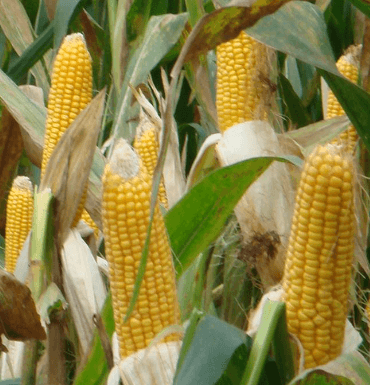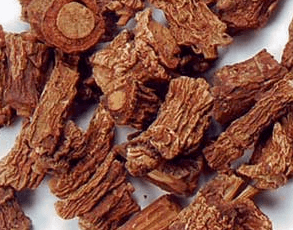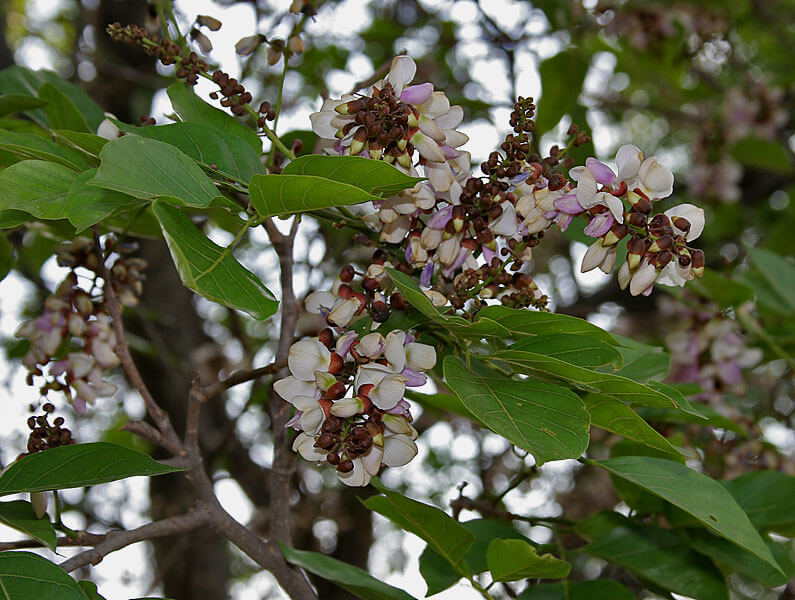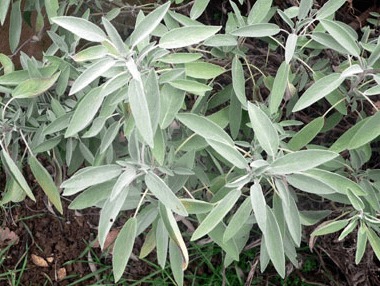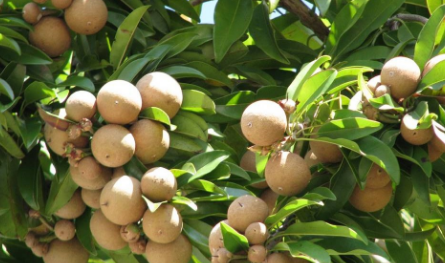Sharapunkha, शरपूंखा Medicinal Benefits
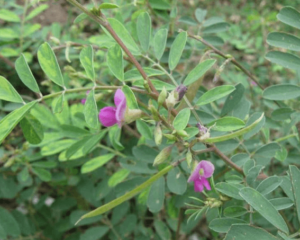
Botanical Name-Tephrosia purpurea
Common Name-Sarapunkha
Family-Papilionatae (Aparajita Kul)
Habit-Herb 2-2.5 ft. in height
Properties
Property-Lightness, dryness, sharpness
Taste-Bitter, fragrant
Potency-Heating
Metabolic Property-Pungent
Specific Property
- Plihaghna
- Antidote
- Bronchial sedative
- Anti-pyretic
- Blood purifier
Parts Used–Root, Alkali of the whole plant

Description-The Sanskrit word Sarapunkha literally means sara-an arrow and punkha-the wings; that is, if both the ends of its leaf are held and pulled, edges like that of an arrow are formed. Hence the name Sarapunkha. It is also called as pliha satru meaning an enemy of the spleen (splenic diseases). Sarapunkha is used in the treatment of glandular swellings, splenic diseases, tumors, enlargement of liver and spleen, diabetes and skin diseases, since centuries. Recently, it has attracted the attention of the scientists all over the world, for its hepato-protective and stimulant activity.
The plant grows throughout India and Western Himalayas, up to an elevation 1500 meters. A much branched perennial, grows 30-60 cm in height, with spreading branches. The leaves are 4-14 cm long, imparipinnate. leaflets 12-21, lanceolate, glabrescent above and blaucous beneath. The flowers, purple, in racemes. The fruits, pods, 2.5-5 cm long and 0.5 cm broad. The seeds, 6-10 per pod, smooth and grey in colour.
The botanical name of Sarapunkha is Tephrosia purpurea and it belongs to family Papilionaceael Fabaceae. Two varieties are described in Ayurvedic texts as rakta or red, and shweta or white Sarapunkha-one being the Linn. Variant and the second, the Pers Variant. The white variety is botanically known as Tephrosia villosa. It is a rejuvenative.
The roots, leaves and seeds contain tephrosin, deguelin and quercetin, the roots contain isotephrosin and rotenone. In the roots and leaves 2.5% rutin is found. Purpurin, a flavonone has been isolated from the seeds, as also 8-substituted flavoiloid and 3- substitued oxygenated chalcones. Octacosanol, sitosterol-C-glucopyranoside and a flavone glycoside have been isolated from the whole plant. Caffeic acid isolated from dormant seeds; s rutin, sitosterol and lupeol isolated from leaves; delphinidin chloride and cyaniding chloride isolated from flowers. Purpuritenin A and B and purpureamethide isolated from seeds. A new-hydroxychalcone-purpurenone-isolated from roots and its structure established.
Sarapunkha is bitter and astringent in taste, pungent is the post digestive effect and has hot potency. It has a special potency as bhedana-an accumulation breaking herb. It alleviates vata and kapha doshas. It possesses light, sharp and dry attributes. It also alleviates the splenid disorders with its special potency. The herb is extremely beneficial in the treatment of diseases of the spleen and liver, blood diseases, tumors, wounds and ulcers, cough, fever and diseases due to pitta dosha.
The whole plant and its roots are used for medicinal purposes. The herb is useful both, internally as well as externally. Anti-dermatoses, antibiotic, anti-inflammatory properties of Sarapunkha are benevolent in cleansing and healing of the wounds and ulcers. In edema, skin disorders, glandular swellings like cervical adenitis and filariasis, the paste of its root is applied on the affected parts. On traumatic wounds the affected parts. On traumatic wounds, the juice of its leaves works well. The root powder is salutary for brushing the teeth. It quickly relieves the dental pains and arrests bleeding. The seed-oil is applied externally in various skin diseases like scabies, eczema etc. In glandular swelling, the root mashed with rice water is used in the form of nasal drops along with its internal use. Internally, Sarapunkh? is useful in vast range of diseases. It imparts a stimulant action on the liver, is an appetizer and digestant as well as cholegouge, hence, is rewarding in digestive disorders like anorexia, flatulence, abdominal pain, tumors, hemorrhoids, worms, liver and spleen disorders. In such conditions, the roots or ksara of Sarapunkha is salubrious. In piles, the roots work well, when given with buttermilk. The smoking of Sarapunkh? powder is recommended in cough and asthma, as it possesses mucolytic activity. The powder of whole plant is given with sugar and water in jaundice. Sarapunkh? is one of the most common ingredients, in liver preparation, available in the market. In fevers due to vitiation of kapha and pitta doshas, it is valuable. The Pulp of its roots given with buttermilk reduces the enlarged liver and spleen very effectively. The decoction of its roots is given with marica powder, as an adjunct in diabetes. The roots are of great help in dysmenorrheal. Sarapunkh? renders a diuretic action alongwith its anti-microbial activity, hence, is beneficial in Dysurea and urinary infections. Ascites due to splenic pathogenesis responds well, when the root powder is given with buttermilk.
Dosage
Powder -3-6 gm
Alkali -1-3 gins
Expressed juice -10-20 ml
Uses
- In Hepato-spleenomegally-Root of Sarapunkha with Haritaki is useful.
- In Hemorrhoids-Sarapunkha root is used with watermilk (Takra).
- In Hemorrhagic disorders-Sarapunkha root is used with rice-water.
- In Cough-Inhalation of the smoke of Sarapunkha root is an excellent remedy for cough.
- In Abdominal pain-Its fresh root bark mixed with piper should be taken.
- In Scrofula, Filariasis, Oedema-Locally application of this root.

